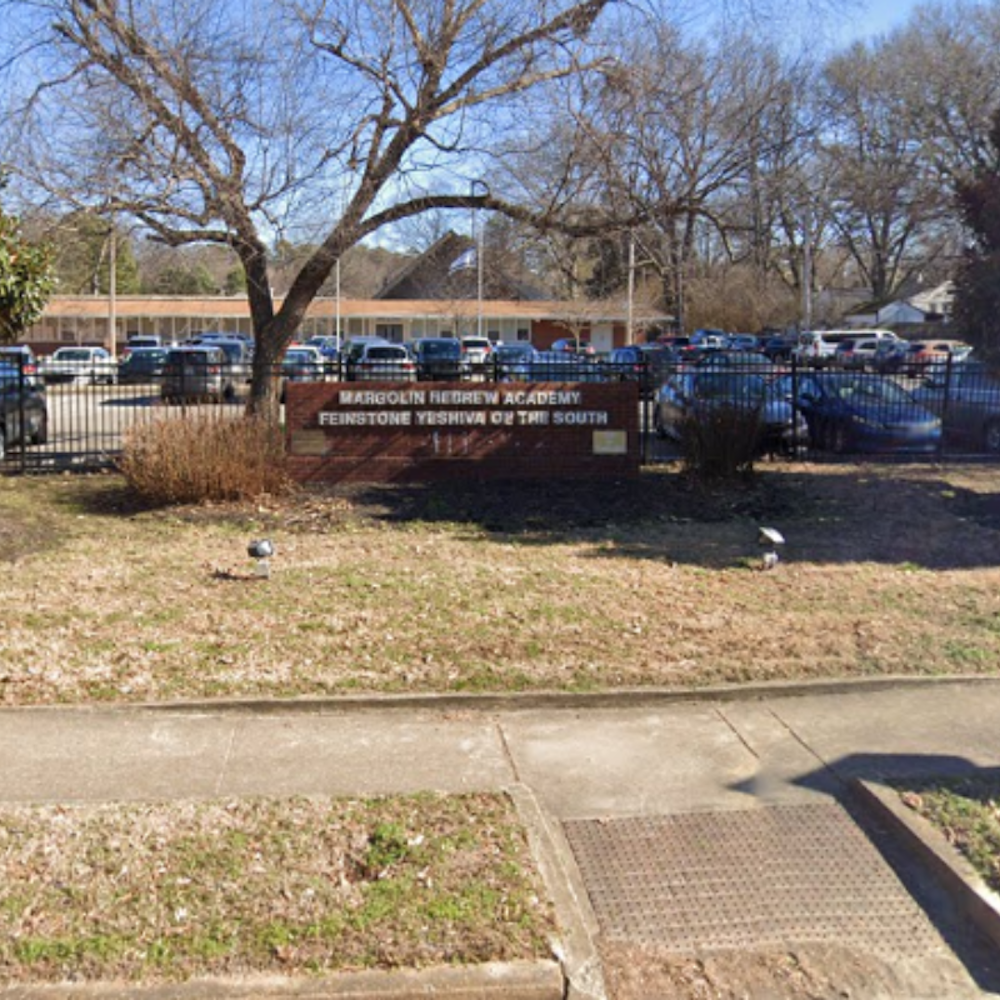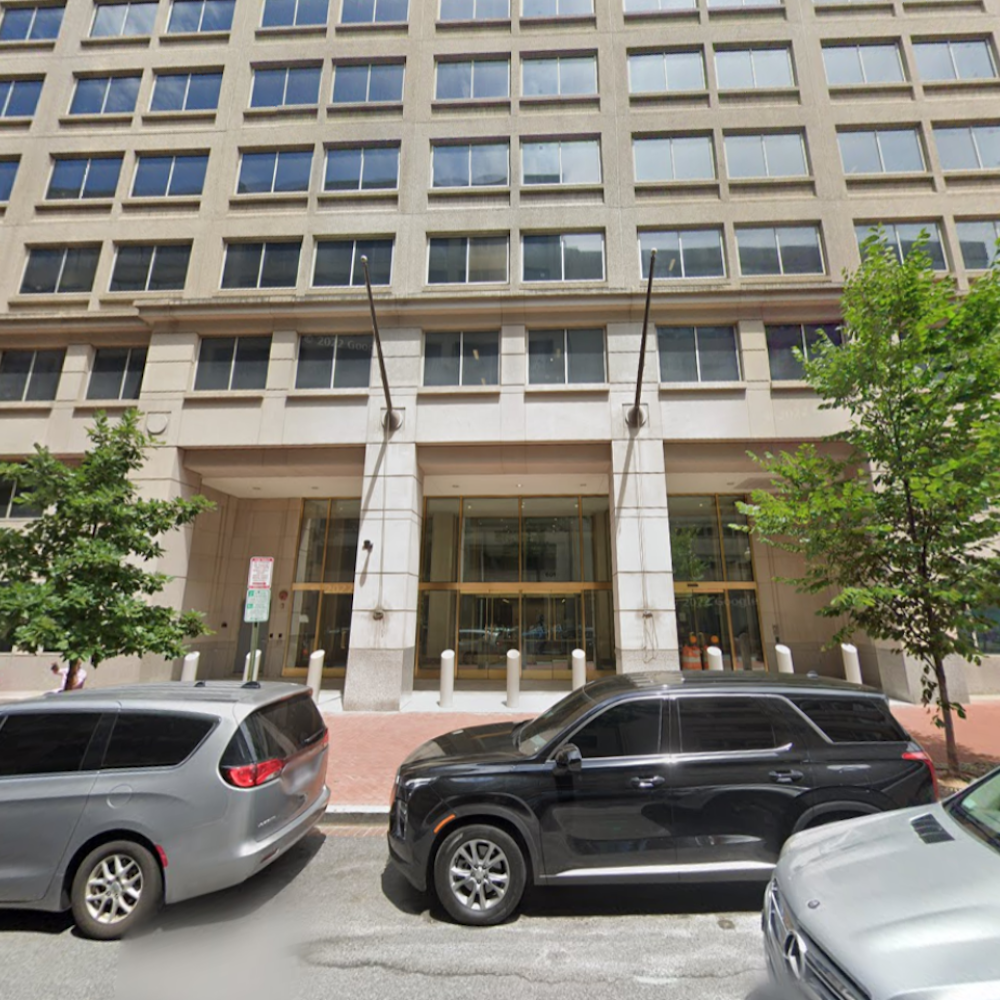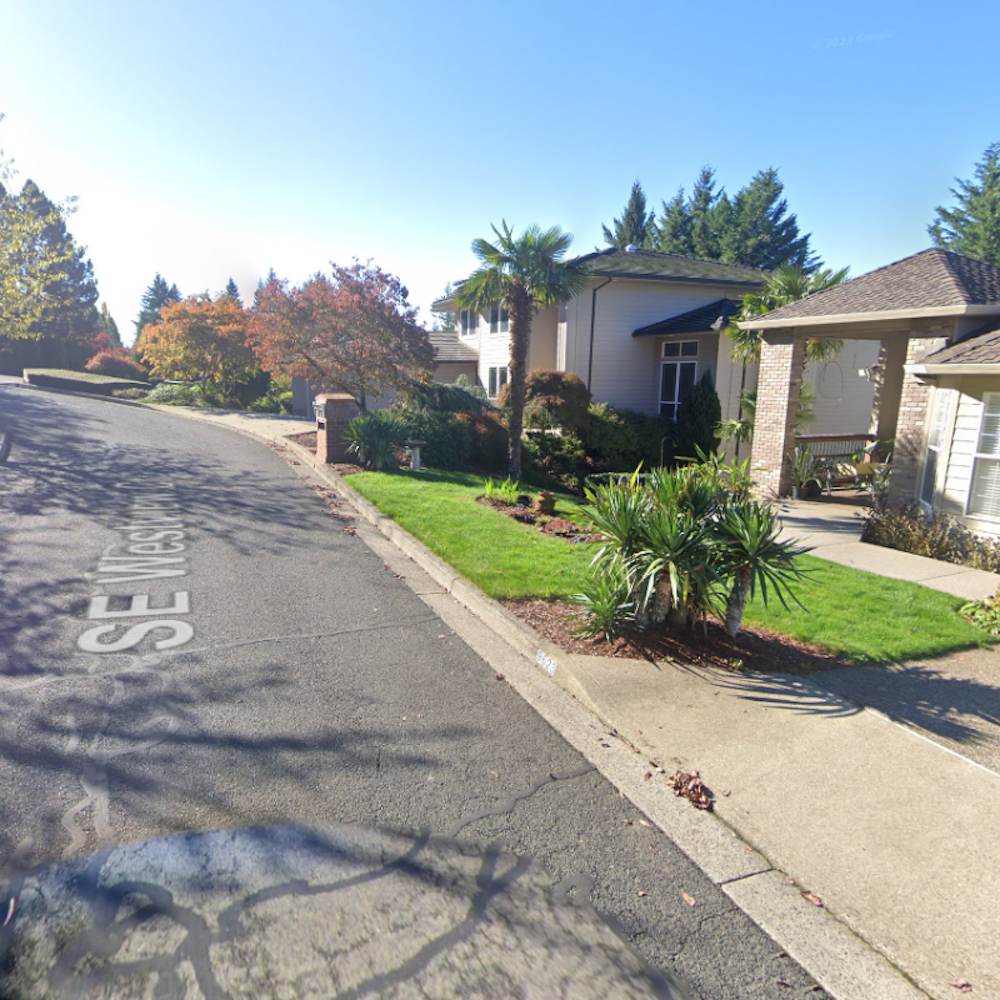
On Monday, the San Diego County Water Authority (Water Authority) filed a lawsuit seeking to protect the environment and prevent an impending, illegal water rate increase that could hurt farmers, working families, small businesses, and disadvantaged communities across the county according to the Water Authority.
The suit filed against the San Diego Local Agency Formation Commission (LAFCO) is in response to the commission's decision to allow two local water agencies, Fallbrook and Rainbow, to leave the Water Authority without paying their fair share of costs incurred on their behalf over the past decades. This unprecedented detachment effort in California would shift approximately $140 million in costs away from Fallbrook and Rainbow onto the remaining ratepayers within the Water Authority over the next ten years, possibly raising water rates across the county as soon as January 2024 per the Water Authority.
Filed in the San Diego County Superior Court, the Water Authority's lawsuit alleges that LAFCO did not comply with several laws, including the County Water Authority Act, the Metropolitan Water District Act, the Cortese-Knox-Hertzberg Local Government Reorganization Act of 2000, and the California Environmental Quality Act (CEQA) as stated by the Water Authority. Despite concerns raised by the Water Authority over the three-year detachment process, LAFCO proceeded to disregard critical issues in favor of approving the detachment.
Water Authority Board Chair Mel Katz explained that although litigation is a last resort, LAFCO's flawed decision left them with no choice but to stand up for the interests of residents, businesses, and the environment as per San Diego County Water Authority Twitter post. The lawsuit's filing was prompted in part by LAFCO's denial of a request to extend a crucial litigation deadline for accommodating settlement talks. Despite ongoing court proceedings, Katz expressed hope for continued discussions with Fallbrook and Rainbow in pursuit of an agreeable resolution outside the courtroom.
“Litigation is a last resort, but LAFCO’s deeply flawed decision leaves us with no choice but to stand up for residents, businesses and the environment,” said Water Authority Board Chair Mel Katz. pic.twitter.com/awVvaLr26l
— San Diego County Water Authority💧 (@sdcwa) August 22, 2023
Fallbrook and Rainbow's primary motivation for seeking detachment is the potential for securing lower-cost water for farmers by joining Riverside County's Eastern Municipal Water District, which draws mainly from the Colorado River and the State Water Project according to the Times of San Diego. These districts argue that they do not benefit from investments such as the Carlsbad desalination plant and the enlarged San Vicente Reservoir and Olivenhain Dam emergency storage projects, and they are willing to risk water reliability for potential savings.
As part of the detachment effort, LAFCO approved an arbitrary exit fee for the two districts, which falls $140 million short of covering their first-decade costs even when calculated using LAFCO's outdated data and projections. The lawsuit points out the fundamental flaws and lack of substantial evidence or legal support in LAFCO's detachment approval, including the disenfranchisement of more than 3 million regional residents who were denied the opportunity to vote on the proposal, a clear violation of state law per the Water Authority.
Most notably, the Water Authority's lawsuit invokes CEQA, a law that has been used to oppose various projects such as new housing developments, highways, and dams due to potential environmental harm. The suit maintains that detachment would detrimentally impact the environment because it would lead to Fallbrook and Rainbow drawing more water from the already strained Sacramento-San Joaquin Bay-Delta via the State Water Project. The lawsuit argues that LAFCO failed to carry out an adequate environmental review as mandated under CEQA before approving the detachment resolutions per the Times of San Diego.
Over the past 30 years, the Water Authority has developed one of the nation's most extensive, drought-resilient water supply systems to ensure water supply reliability for a region with limited natural water supplies. Despite the investments made over three decades to achieve this reliability—for which there were no water restrictions during the 2020-22 California drought—the detachment puts at risk regional water supply stability and raises questions about fairness in bearing its associated costs according to the Times of San Diego.

-1.webp?w=1000&h=1000&fit=crop&crop:edges)







